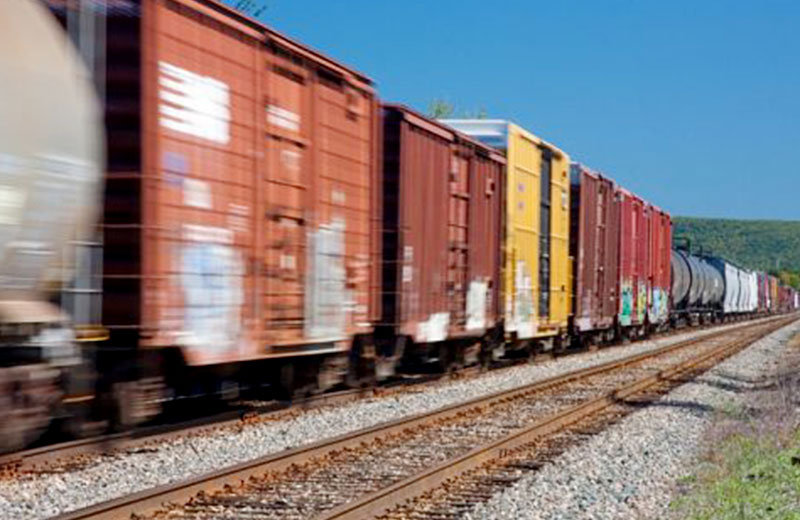August 26, 2020: The consignment arrived at Chittagong Port during the Eid Al-Azha holidays and consequently faced some delay in port clearance
After much anticipation, the first batch of steel girders to be used in the Padma Bridge Rail Link Project (PBRLP) has arrived at Chittagong Port.
Considering the stipulated timeline for completion of the project, this is major progress as the production of steel beams has been affected by the Covid-19 pandemic followed by massive flooding, said a press release issued in this regard on Monday.
According to the China Railway Group Limited (CREC), the contractor of the project, the production, and delivery of the steel beams was a big challenge.
Due to the high water level of the Yangtze River and the plum-rain season in China, transportation from Jiujiang City in Jiangxi Province, to Shanghai Port by waterways, became very difficult and risky, read the release.
However, considering the urgency of the matter and the deadline, CREC took additional measures such as increasing manpower at Shanghai Port in Singapore to ensure smooth shipping of the beams.
The consignment arrived at Chittagong Port during the Eid Al-Azha holidays and consequently faced some delay in port clearance.
However, CREC took effective measures and ensured smooth delivery of the materials to the construction site, added the release.
The steel girders weigh about 50,000 tons, including eight steel truss girder bridges, and 53 steel plate girder bridges, which are all manufactured by the China Railway Hi-Tech Industry Co. Ltd., and shipped from Shanghai port to Bangladesh for assembling and on-site erection.
The transported steel beams will be used for the on-site erection of bridge No 87, 45, 49, 56, 107, 112, and 120.
These bridges are part of the priority section of the project, which will be opened first.
“The steel beams of different spans must go through trial assembling in the factory before mass-production. While being produced, the beams were marked with different colors so that they can be easily distinguished for use in different bridges that are to be built along the long line of the project.
“Moreover, there are various kinds of beams that require different engineering techniques and technology. Therefore, the production process is highly sophisticated,” the release said.
Being built by the China Railway Group Limited (CREC), the 168.6km project stretches from Dhaka to Jessore.
Of the total project length, 16.7km is elevated railway.
The project includes 181km of ballasted tracks and 32km of ballastless tracks, 63 large, medium, and small bridges forming a total length of 30.5km, and 230 culverts of different sizes.
The project is a key part of the backbone of the railway network of Bangladesh.
The completion of the project will greatly improve traffic conditions in Bangladesh and foster the economic development of Bangladesh, added the release.
Unfortunately, as per CREC, the completion of the project is going to be delayed to no small extent due to the blockage of the N8 road, the flooding and the ongoing Covid-19 crisis, though the contractor has taken various measures to fend off the negative impact of these factors, said the release.
Benefits of PBRLP
Once completed, the Padma Bridge Rail Link Project (PBRLP) will better the connectivity of the country to an unprecedented level.
The new rail link will shorten the current travel distance between the capital, Jessore, and Khulna, by 308km.
It will also reduce the distance from Dhaka to Darsana and Benapole by 168km and 318km respectively, saving passengers hours in travel time.
This project is expected to boost the economic development of Bangladesh, especially that of the southwestern parts of the country, increasing the GDP by 1.5%.
The main line of the rail link is designed to be a single track broad gauge (1,676mm) on which passenger trains will run at a top speed of 120kmh while freight trains will operate at 80kmh.
Source: Dhaka Tribune







